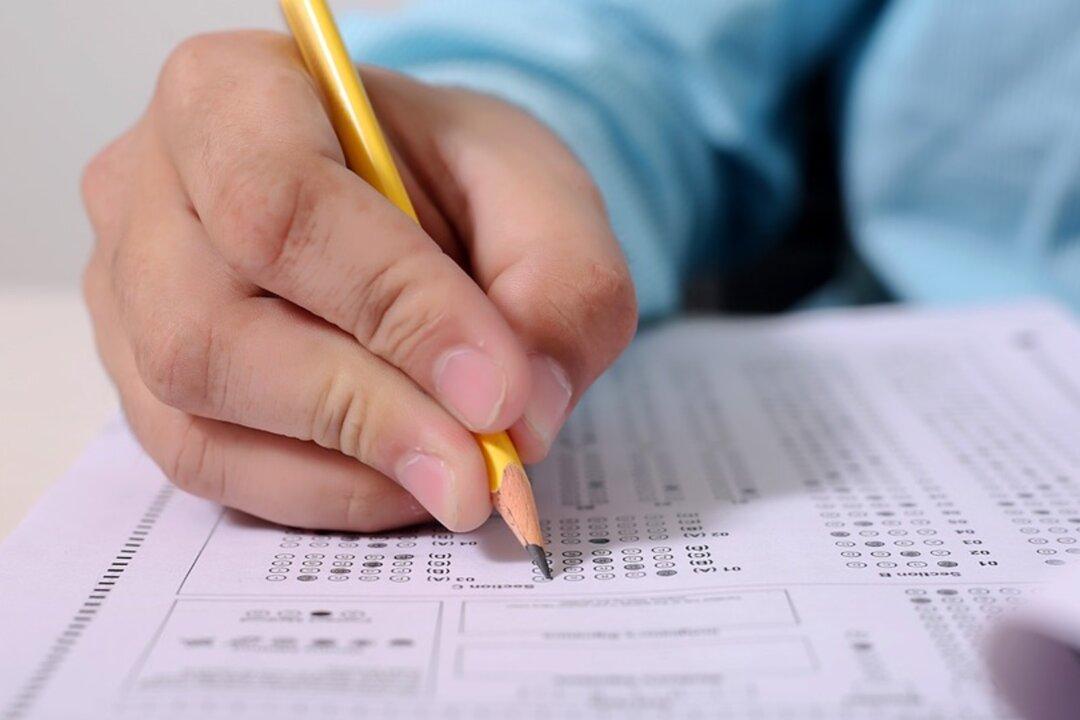The latest result of the National Assessment of Educational Progress (NAEP)—better known as The Nation’s Report Card—shed a worrying light on the academic performance of American children.
The average reading score for American fourth- and eighth-graders saw a decline since 2017, according to The Nation’s Report Card (pdf), released Oct. 30 by the National Center for Education Statistics (NCES). Changes in math scores between 2017 and 2019 were mixed, with an increase among fourth-graders but a decrease in eighth-graders.





